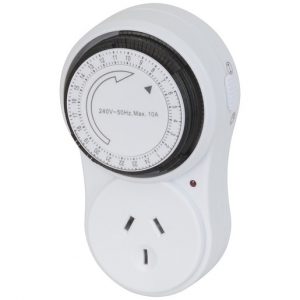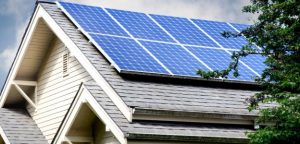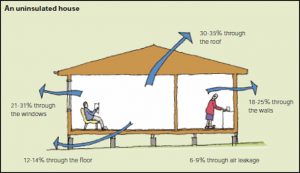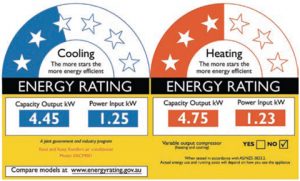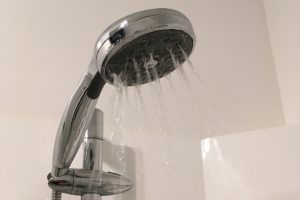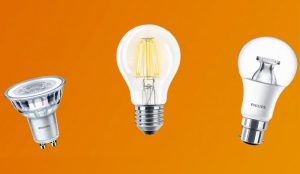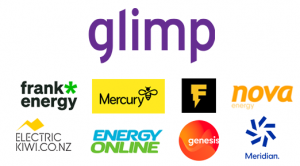Inflation is up, and with it, so is the cost of living –
So most households are making every dollar stretch a little further. And while the discounts might be obvious when you swap one brand of cheese for another, there are even bigger savings to be made, right at home.
With a house that’s more efficient to heat and cool, you’ll shrink your energy bill and your environmental impact along with it. That double bonus is much easier to achieve than you might think – here’s how.
1; Install a smart meter
What uses the most energy in your home? How much would you save by switching to LEDs or turning appliances off at the wall? You can answer those questions with a smart meter, which lets you track, in 30-min increments, how much energy you’re using. Seeing that data will let you focus on getting the biggest wins and can be motivating too! To get a smart meter installed, start by talking to your energy retailer.
2; Set timers on appliances
If your appliances are on when you’re not home, you’re wasting energy! It’s amazing how quickly the costs of things like heated towel rails and underfloor heating that are not in use can add up. Some appliances come with built-in timers. For others, you can simply plug in an inexpensive timer device, available from any hardware shop. Set the timers to turn on and off to suit you – warm, fluffy towels after your shower, without the cost of heating them around the clock.
3; Invest in solar panels
The humble roof soaks up thousands of hours of sunshine each year – that’s eco-friendly, free energy that you could be capturing! To transform it into your very own eco power supply, you’ll need solar panels and batteries. That can be a big investment, but in some states across Australia and in some communities within New Zealand, solar rebates and funding assistance can reduce the initial outlay.
4. Insulate top to bottom
Insulation is a game changer – it keeps the warmth and cool in. For most homes, insulating can be relatively fast and cheap – well-fitting bats in your roof and underfloor insulation make a significant difference. You’ll use your heater less in winter and will find your home stays cooler as the weather heats up. That adds up to more comfortable, affordable living and less environmental impact
5; Insulate side to side
Hang thermal-backed curtains and blinds. Those beautiful big windows could be stealing your energy – you lose a lot of heat through glass, even if your windows are double-glazed. Invest in floor-to-ceiling thermal curtains or blinds to trap warm air in and check for any loose latches or warped frames that can create drafty gaps
6; Swap in energy-efficient appliances
You could be surprised at how energy-hungry that old dryer and fridge can be. Swap it out for a new 5-star energy-rated appliance, and you’ll see those energy savings creep up without having to do a thing. As an extra environmental bonus, your new appliances will save on water and probably work better too – no need to run dirty plates through the dishwasher twice.
7. Add a low-flow shower head
With a low-flow showerhead, you might not notice any difference in your water pressure, but you will see a change in your water and power usage. How much you’ll save depends on the kind of showerhead you choose. A 3-star showerhead could save you up to $210 each year on water bills and up to $315 with a 4-star showerhead – and that’s not to mention the energy you’ll save by heating less water
8; Install underfloor heating
Warm feet in winter feels nice to have, but underfloor heating can also be a smart way of warming up your home. Since warmth rises, you get the full benefit of the heat, and warm feet can make you feel warmer overall, so you could feel comfortable keeping your home at a lower temperature. Underfloor heating can be fairly low in cost to install if you’re laying a new floor – and almost a necessity if you have tiles in the bathroom.
9. Grow a green thumb
Plants don’t just look beautiful; they also throw cooling shade and bounce heat. This helps keep air-con costs down in the heat of the summer. Pull up any unnecessary concrete and paving, which can absorb and hold heat, and replace it with fresh greenness, then plant some big shade trees – you can invest in shade sails while you wait for them to grow.
Give your green thumb an extra workout and add a fruit and veggie patch to bring down grocery bills and your eco-impact – especially if you’re watering your garden from a tank.
10.Light up with LEDs
The simplest way to reduce energy use is to swap your old incandescent bulbs for energy-efficient LEDs. While they’re a bit more expensive to buy, they last a lot longer and use less energy – which will more than pay back your investment – in fact, they use up to 85% less electricity than traditional incandescent or halogen bulbs and can last 15 times longer.
12. Upgrade Your Doors and Windows
With upgraded doors and windows, you have a better chance of keeping your warm or cool air inside and your home’s temperature stable. This makes your house cheaper to heat and stops your HVAC system from constantly adjusting to temperature, which saves on energy, too.
Lastly ~ Small changes make big impacts
Whether you go for the big upgrades or start small, getting your home more efficient will keep money in the bank and help you live more sustainably. Of course, the easiest way to do that is to move to a home with everything built-in or to downsize to a smaller property – if that sounds like a plan, your best next step is to reach out to us and we will be happy to sit down with you and have a chat about how we can help you.
DISCLAIMER:
The above advice is of a general nature only and intended as a broad guide. The advice should not be regarded as medical, legal, financial, or real estate advice. You should make your own inquiries and obtain independent professional advice tailored to your specific circumstances before making any legal, financial, or real estate decisions

